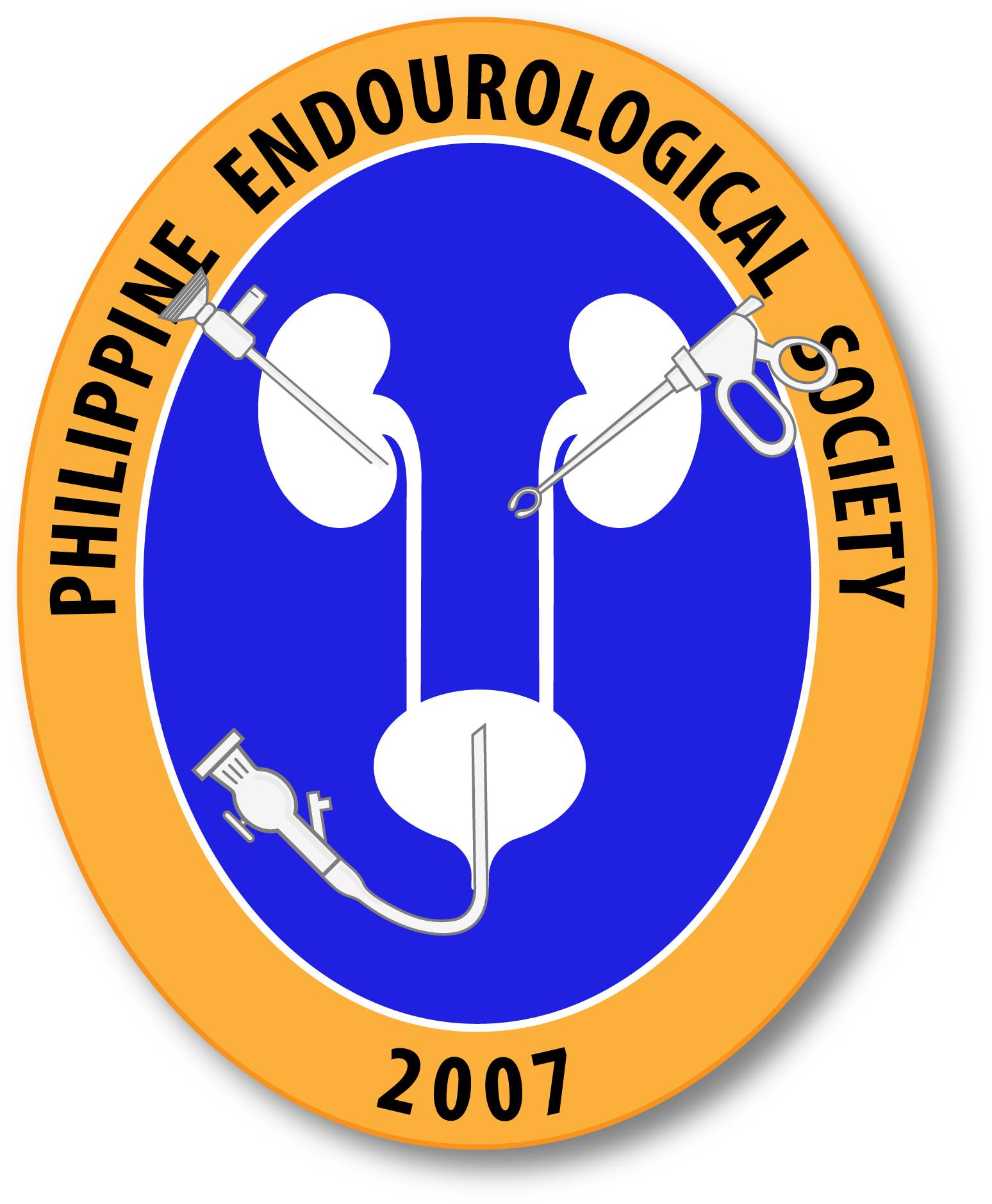Abu Dhabi, United Arab Emirates (UroToday.com) Dr. Roshan M. Patel presented on his findings of intracalcyeal pressures and renal blood flow at the level of the urothelium, which has not been previously described. Dr. Patel and his colleagues at the University of California, Irvine have performed a number of studies to determine what the optimal percutaneous access is for nephrolithotomy and the impact of fluid irrigation on small calyceal spaces during ureteroscopy.
As an introduction to his talk, Dr. Patel noted that fluid irrigation is an essential component for ureteroscopy; without irrigation, surgeons lose visualization, which makes operation and stone removal difficult. However, there is some debate as to whether fluid irrigation needs to be pressured. Pressurized irrigation and its resulting pyelovenous backflow can lead to bacteremia and sepsis. In his research, Dr. Patel set out to determine whether the use of access sheaths could keep ureteroscopy pressures under 35-40 mmHg, above which pyelovenous backflow occurs.
Dr. Patel presented prospective data that showed the use of access sheaths significantly reduced pressures in the calyxes and renal pelvis under uninterrupted pressurized irrigation of 150mmHg. Without access sheaths, pressures within the calyx reached over 40mmHg. Access sheaths of greater diameters also led to progressively decreased pressures. In addition, Dr. Patel presented data from a non-survival porcine study showing that the center of the papilla routinely had the least amount of blood flow, whereas the 6 o’clock position of the papillae had the most amount of blood flow. In addition, the upper, inner, and lower pole calyxes had no differences in the amount of bleeding.
Dr. Patel has several take-home points. Access sheaths can reduce pressures and should be universally used. In addition, the controversial nature of access sheaths may be overstated. In prospective data, there is no association or indication between the use of access sheath and ureteral stricture, ureteral injury, or ureteral bleeding.1 In addition, the ideal puncture for percutaneous access would be the center of the papillae because it routinely had the least amount of blood flow.
Presented by: Roshan M. Patel, MD, Department of Urology, University of California, Irvine, California
Written by: Lillian Xie, BA, Department of Urology, University of California, Irvine, California at the 37th World Congress of Endourology (WCE) – October 29th-November 2nd, Abu Dhabi, United Arab Emirates
References:
1. Traxer et al. Differences in renal stone treatment and outcomes for patients treated either with or without the support of a ureteral access sheath: The Clinical Research Office of the Endourological Society Ureteroscopy Global Study. World Journal of Urology. 14 May 2015: 33(12):2137-2144 DOI: 10.1007/s00345-015-1582-8.
